For the next instalment of my alphabetical journey through our collection, you get two ‘j’s for the price of one as I consider the work of one of the legendary figures of Fleet Street—James Jarché.
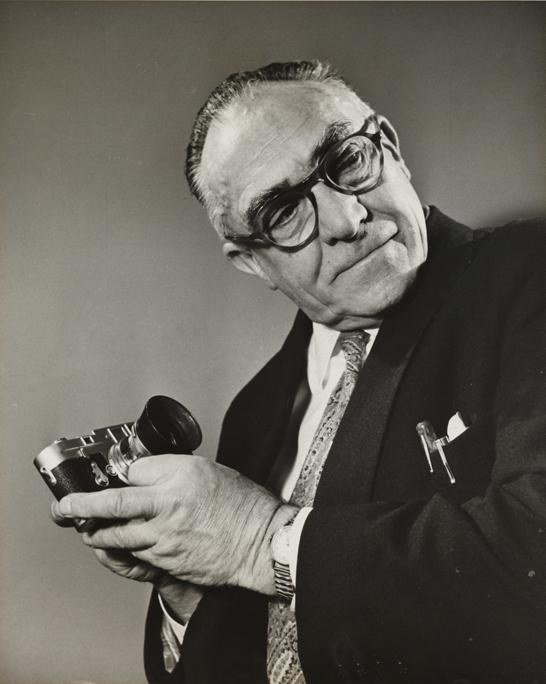
James (Jimmy) Jarché was a pioneer of modern press photography. He photographed hundreds of historic events and his sitters included, among many others, such diverse subjects as Winston Churchill, Dr Crippen and Albert Einstein.
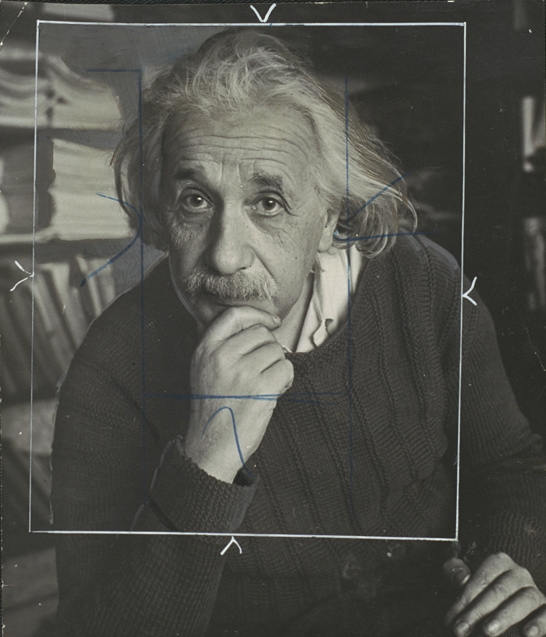
His first photographs were published before the First World War, yet he was still hard at work in the late 1950s when a new breed of ‘Young Meteors’ such as David Bailey and Don McCullin were changing the nature of photojournalism.
In his day Jarché was one of the best-known figures on Fleet Street and something of a celebrity in his own right, even publishing an autobiography, People I Have Shot, in 1934.
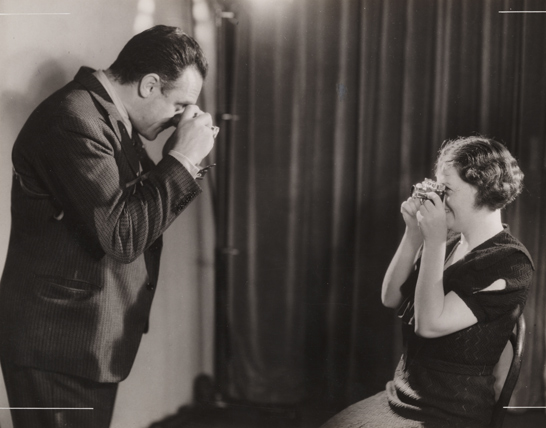
Today, however, while some of his photographs are very familiar—for example, a policeman chasing some naked urchins who had gone for a dip in the Serpentine—Jarché himself has been largely forgotten.
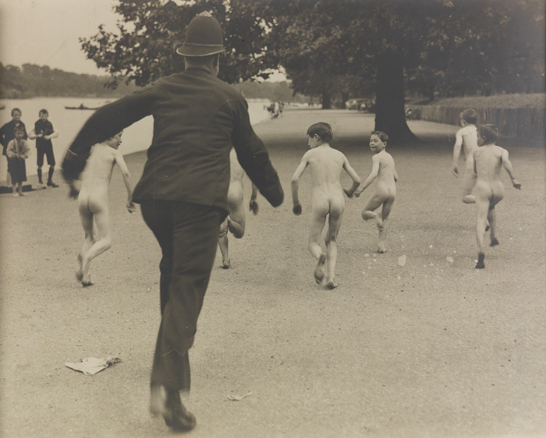
James Jarché was born to French immigrant parents in Rotherhithe, east London, in 1891. His father was a professional photographer and by the time he was seven, Jarché was already assisting him in the darkroom.
The enormous growth in the photographically illustrated press during the Edwardian era drew him towards journalism, and his first photograph was published in the Daily Mirror in 1909.
In 1912 Jarché joined the Daily Sketch. In 1929 he moved to Odhams Press where he stayed for over twenty years, working for the Daily Herald newspaper and Weekly Illustrated magazine. The photo library of the Daily Herald, now preserved in our archives, contains hundreds of his glass negatives.
Jarché’s entries in the photo department day-books—a diary which recorded every story covered by each staff photographer—paint a vivid picture of mid-20th century British history.
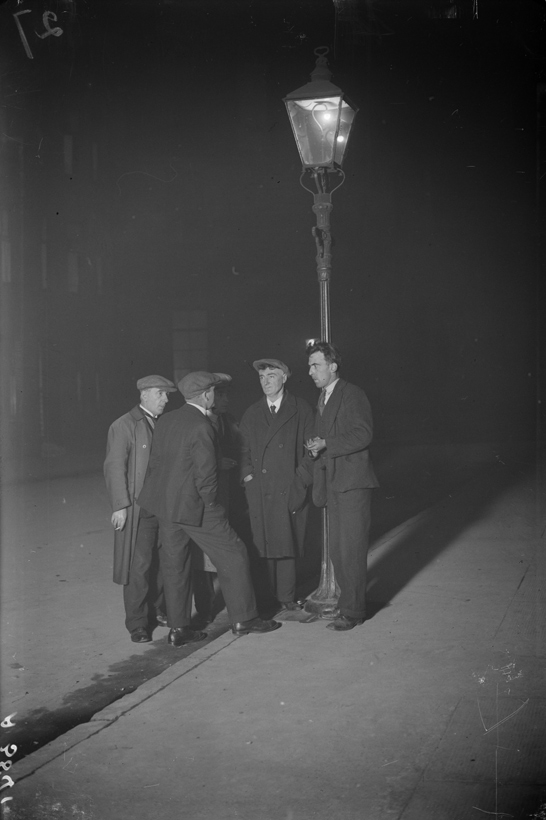
At the start of his career Jarché used a collapsing 9×12 plate camera, the standard workhorse of the press photographer. By the early 1930s, however, he had begun to use a Leica 35mm camera, realising that, despite the derision of his more traditional colleagues, this represented the future of photojournalism.
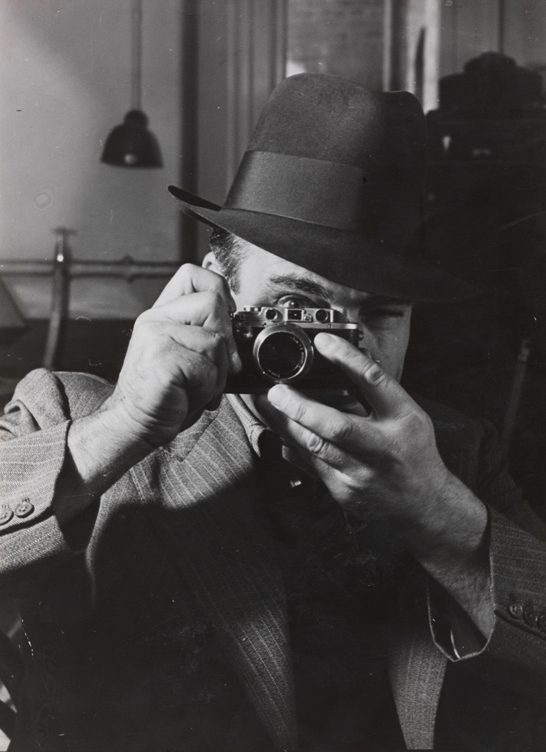
In 1934 he wrote:
I am experimenting now with a miniature camera which I think will eventually be used by Fleet Street cameramen. It takes 36 pictures on a strip…
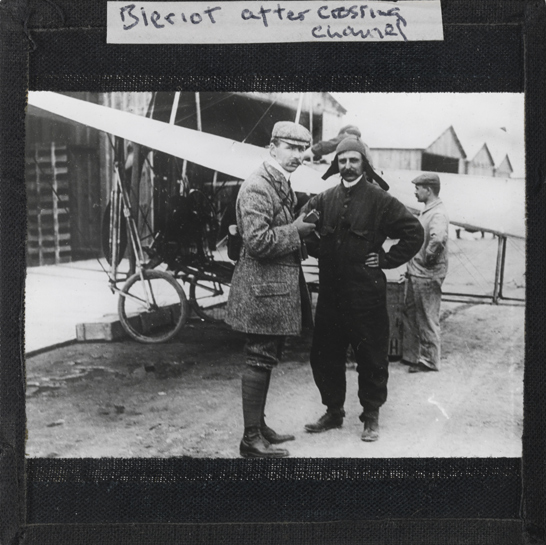
Jarché ended his career working for the Daily Mail, eventually retiring in 1959 after fifty years as a press photographer. He died in 1965, aged 74. A consummate professional, Jarché was the photographer who always came back with the picture the editor wanted.
Here are just a few of those photographs from our collection, but you can browse hundreds more on the Science and Society Picture Library website.
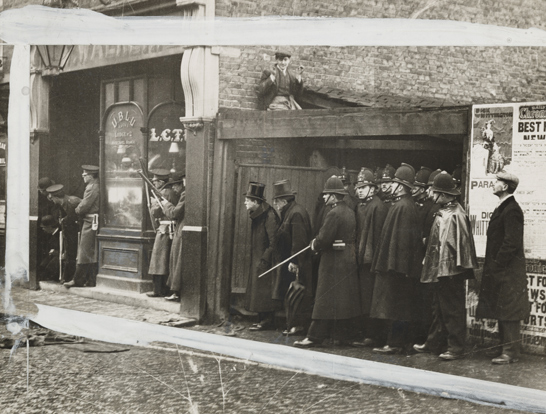
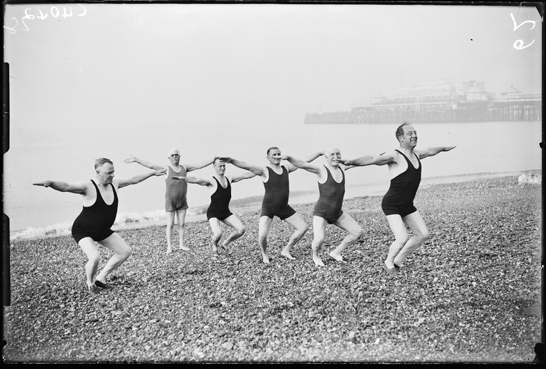
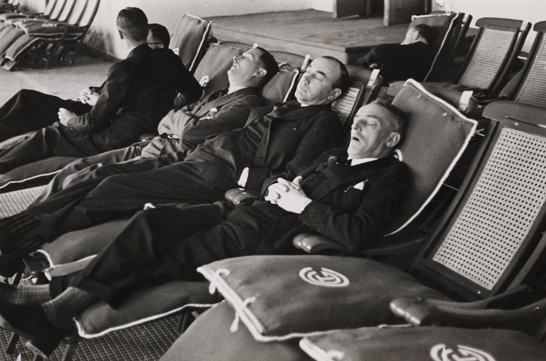
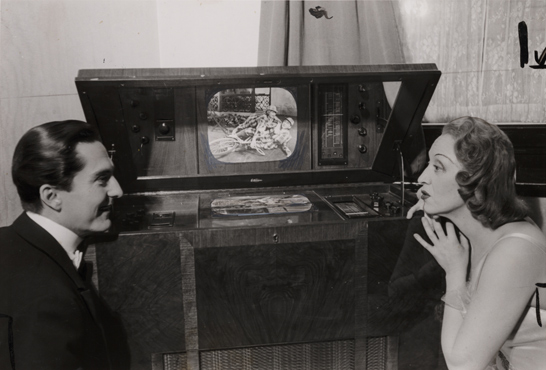
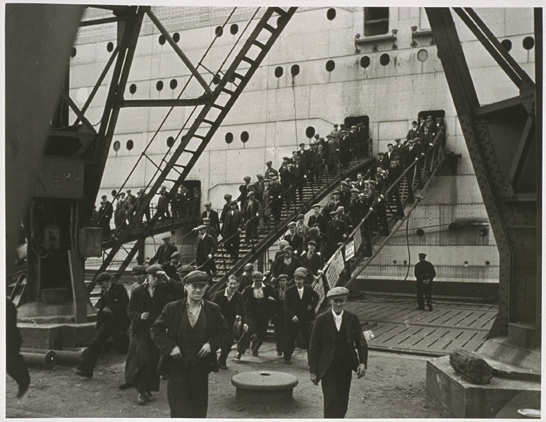
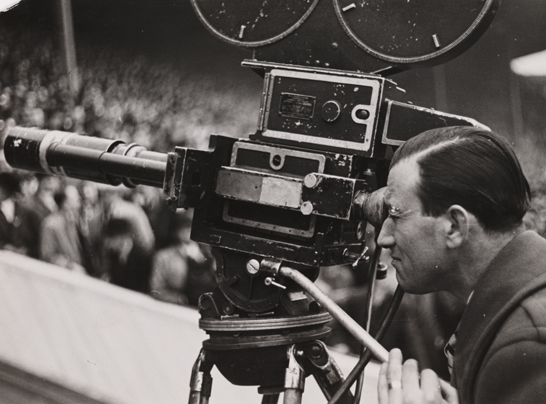
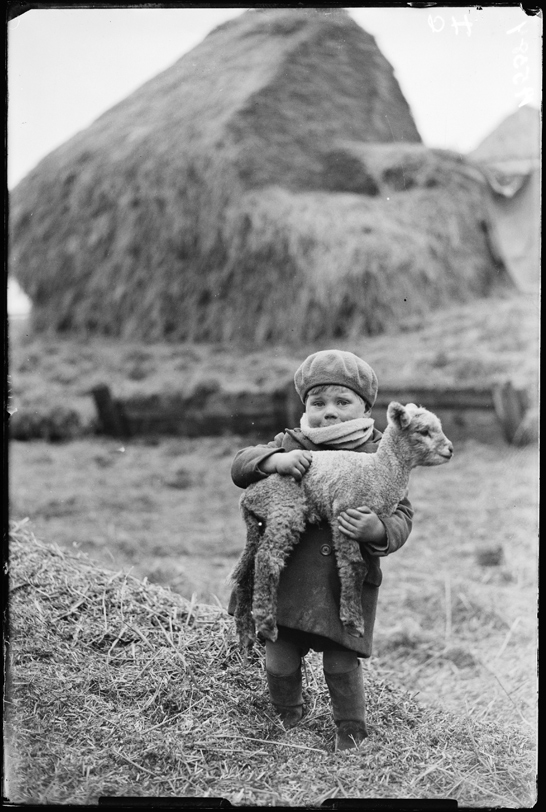
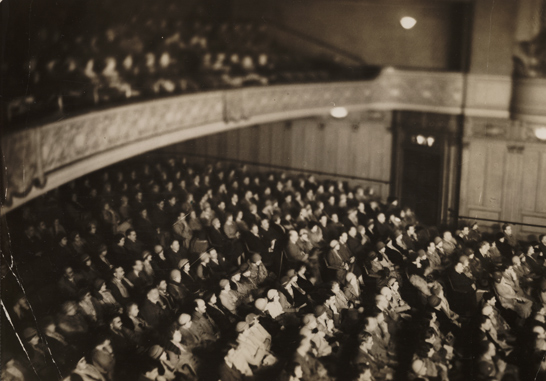
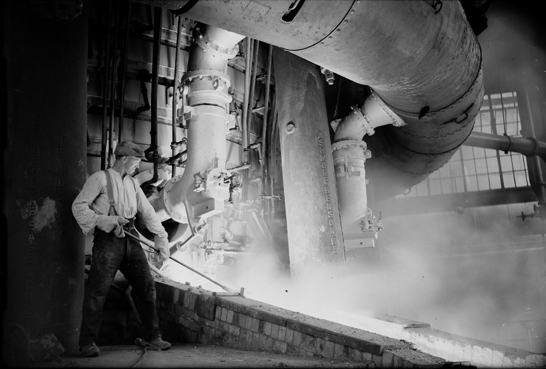
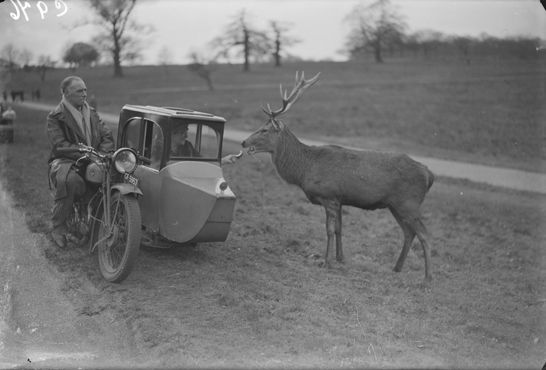
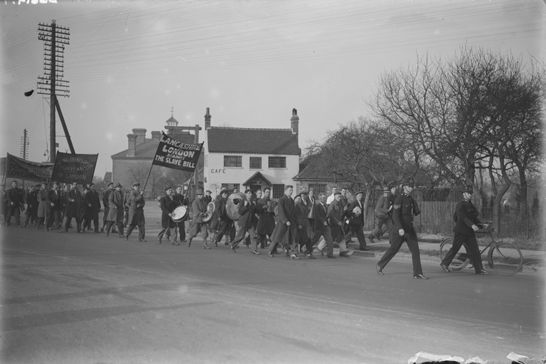
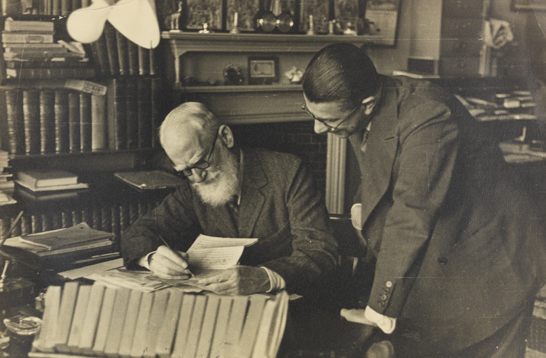
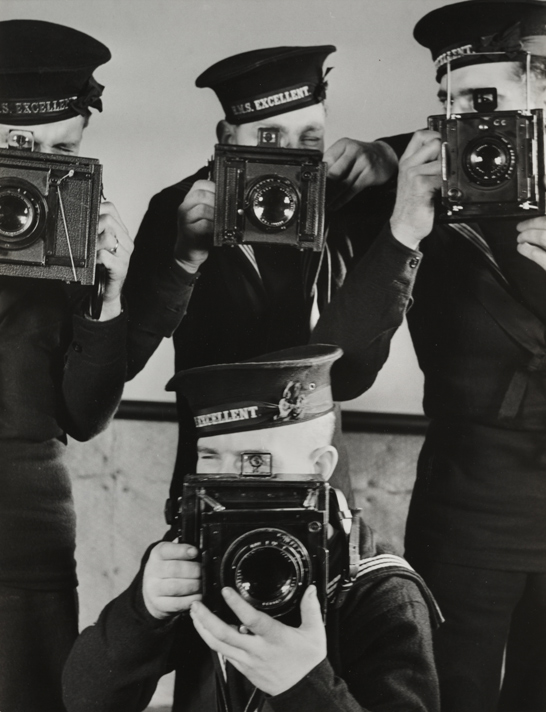
Further reading and interesting links
- Ainslie Ellis, ‘Jarché: A Portrait of a “Big” Man’, Good Photography, April 1959, pp.198-203
- Derek Smith, James Jarché 1891–1965: Press Picture Pioneer, Popperfoto, 1980
- Jarché (1918–1965), Creative Camera, July/August 1985, p.42
- Jarché’s obituary, The Photographic Journal, December 1965, p.344
- S.D.Jouhar, ‘Photographic Personalities: James Jarché’, The Amateur Photographer, 17 December, 1952, p.635
- James Jarché, People I Have Shot: Reminiscences of a Press Photographer, London: Methuen, 1934
- A TV documentary about Jarché presented by his grandson, David Suchet
Amazing! thanks for sharing this collection!
David is a Hoot and no upstart when it comes to snapping …. His love of Leica is profound …. Met him at Reddot cameras ..Ivor cooper who owns the Leica shop loves him … great enthusiast x
Great pictures. The night Scene in Govan, 3 November 1931, is my great grandfather Norman McDonald and his brother William.